Archives
- 2025-11
- 2025-10
- 2025-09
- 2025-03
- 2025-02
- 2025-01
- 2024-12
- 2024-11
- 2024-10
- 2024-09
- 2024-08
- 2024-07
- 2024-06
- 2024-05
- 2024-04
- 2024-03
- 2024-02
- 2024-01
- 2023-12
- 2023-11
- 2023-10
- 2023-09
- 2023-08
- 2023-07
- 2023-06
- 2023-05
- 2023-04
- 2023-03
- 2023-02
- 2023-01
- 2022-12
- 2022-11
- 2022-10
- 2022-09
- 2022-08
- 2022-07
- 2022-06
- 2022-05
- 2022-04
- 2022-03
- 2022-02
- 2022-01
- 2021-12
- 2021-11
- 2021-10
- 2021-09
- 2021-08
- 2021-07
- 2021-06
- 2021-05
- 2021-04
- 2021-03
- 2021-02
- 2021-01
- 2020-12
- 2020-11
- 2020-10
- 2020-09
- 2020-08
- 2020-07
- 2020-06
- 2020-05
- 2020-04
- 2020-03
- 2020-02
- 2020-01
- 2019-12
- 2019-11
- 2019-10
- 2019-09
- 2019-08
- 2019-07
- 2019-06
- 2019-05
- 2019-04
- 2018-11
- 2018-10
- 2018-07
-
Unlike the bacterial SRP pathway for which the energetics ki
2022-06-13
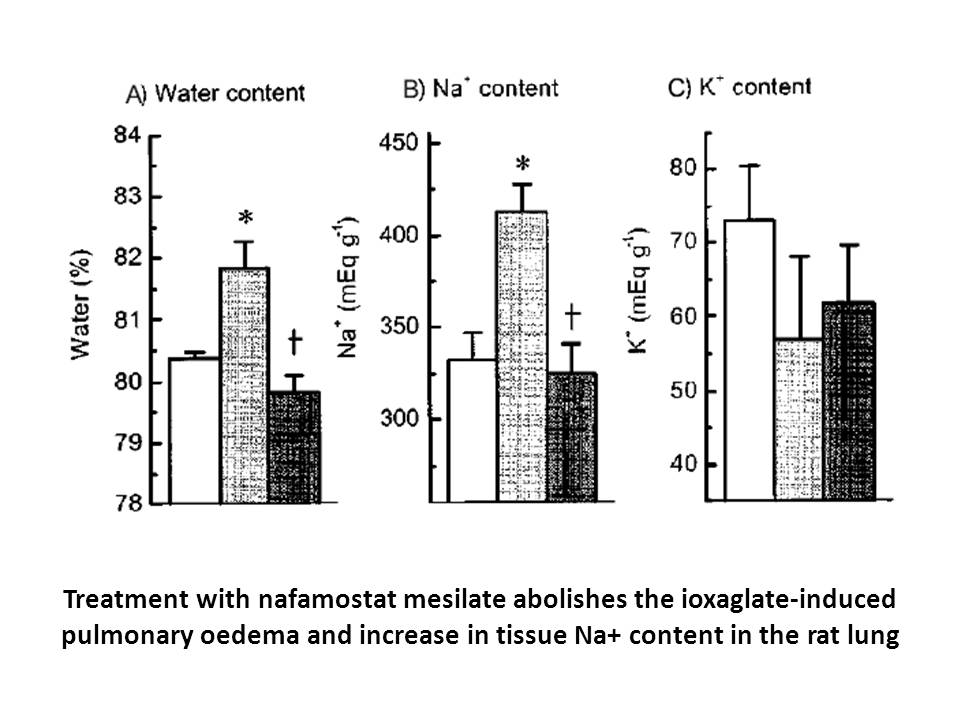
Unlike the bacterial SRP pathway for which the energetics, kinetics, and structure of almost every intermediate have been characterized, multiple questions remain for the GET pathway (Figure 3, marked with ‘?’). First, the targeting pathway demands distinct activities of Get3 before and after substr
-
In the Toc Regulator Mode Fig recognition of the
2022-06-13
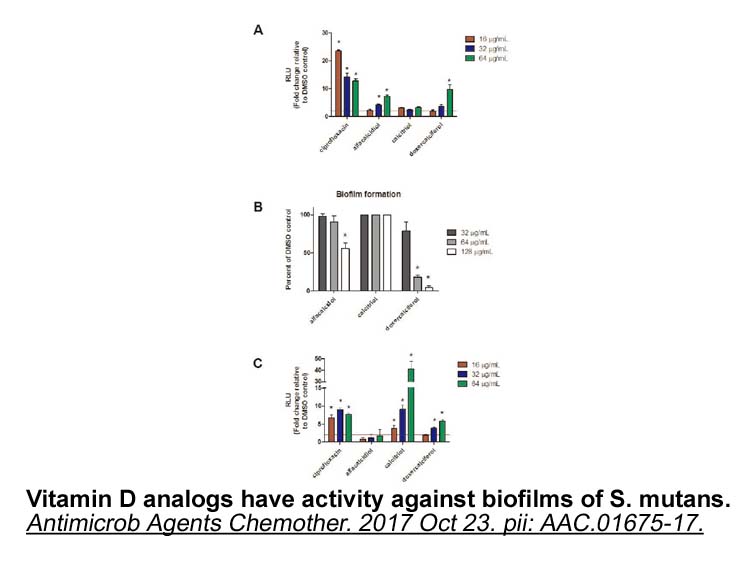
In the “Toc34 Regulator Mode” (Fig. 6), recognition of the transit peptide by Toc159 monomer (step 4) leads to heterodimer-formation [18]. Subsequently, preprotein interaction with the Toc34G homodimer (step 1) regulates the Toc34G homodimer (step 2, 3). However, this mode requires a parallel induct
-
br Acknowledgments This research was partially supported
2022-06-13
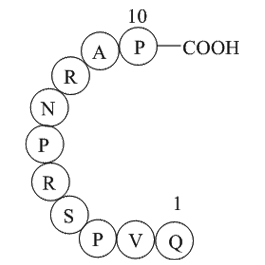
Acknowledgments This research was partially supported by the National Key Research and Development Program of China (2018YFD1000800); the National Natural Science Foundation of China (No. 31872943; No. 31501779 and No. 31372059>); 12th Five-Year State Science and Technology Support Program (2014B
-
br Introduction Over the past two decades the prevalence of
2022-06-13
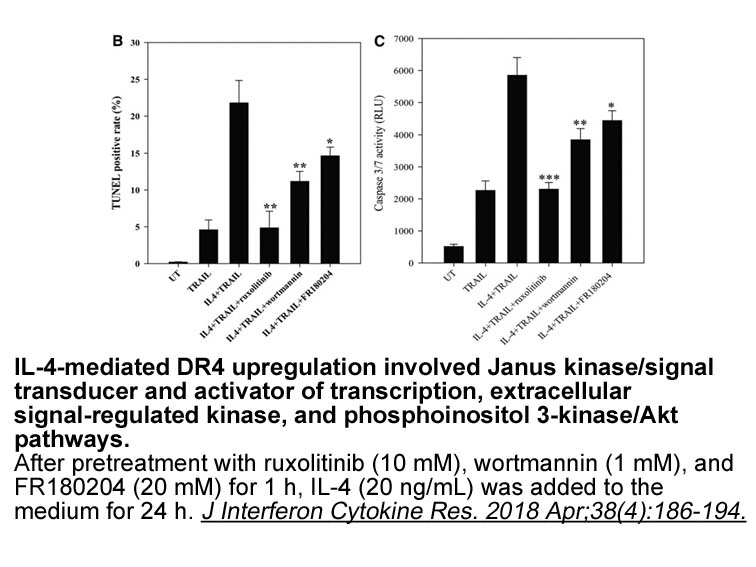
Introduction Over the past two decades, the prevalence of obesity and obesity-associated metabolic diseases, such as T2D, insulin resistance, atherosclerosis and stroke, have been dramatically increased globally [1], [2], and obesity has been suggested to be the leading cause of the reduced life
-
SM-164 To synthesize the azaindole based compound Suzuki cou
2022-06-13

To synthesize the 7-azaindole based compound , Suzuki coupling of 6-chloro-7-azaindole with 4-CFO-phenylboronic SM-164 was carried out in the presence of Pd(dppf)Cl·CHCl to supply biaryl in quantitative yield (). Iodination at the C-3 position resulted 3-iodo-7-azaindazole . Alkylation of the -1
-
PF 04418948 sale Considerable evidence links sustained GCG a
2022-06-13
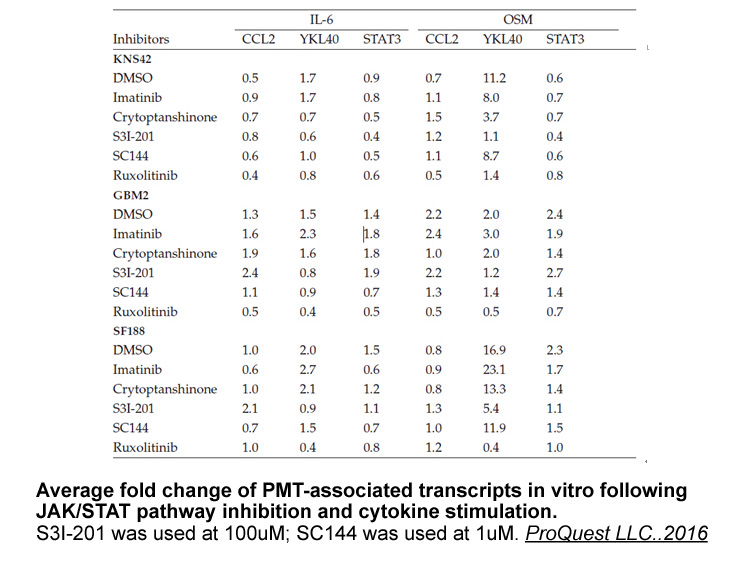
Considerable evidence links sustained GCG administration to the reduction of food intake, enhancement of energy expenditure and weight loss in rodent and human studies [16], [17], [18]. Moreover, patients presenting with GCG-producing tumors frequently manifest severe weight loss, through mechanisms
-
Whereas accurate measurement of glucagon in humans has been
2022-06-13
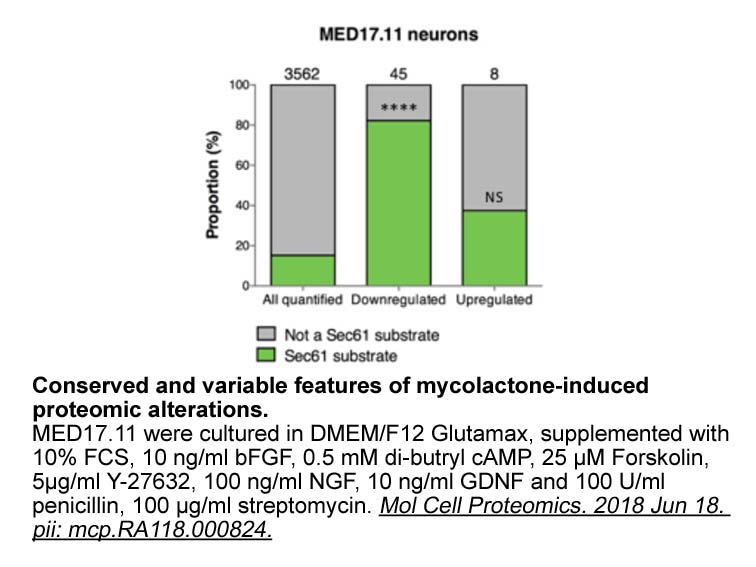
Whereas accurate measurement of glucagon in humans has been possible since the early 1950s proper measurements in rodents, have not. That said, plasma concentrations of glucagon have been reported in rodent studies [21] using C-terminal specific methods but what has been lacking is the secretory dyn
-
br Introduction When human red blood cells hRBC
2022-06-13
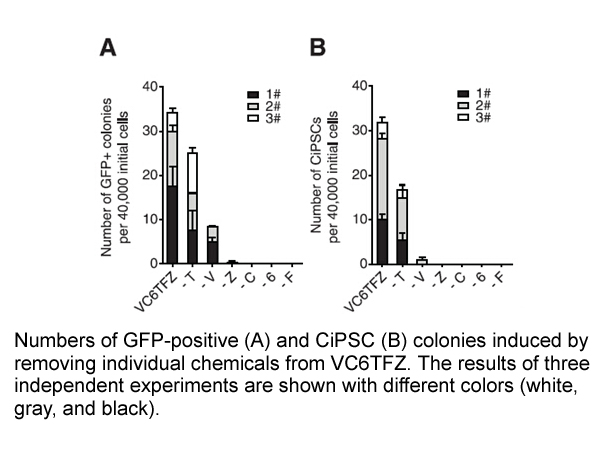
Introduction When human red blood LDN193189 (hRBC) are suspended in depolarising Ringers, they respond by opening a non-selective voltage-dependent cation pathway, the NSVDC channel, which is permeable to mono- and divalent cations [1], [2], [3]. In patch clamp experiments on excised hRBC inside-
-
uPAR another newly discovered ligand has implicated
2022-06-10

uPAR, another newly discovered ligand, has implicated FPRL1 as a potential link between the fibrinolytic cascade and inflammation. uPA is a serine protease best known for its ability to regulate fibrinolysis and for its importance in tissue remodeling and tumor invasion [49]. However, uPA also induc
-
First identified in as the second mammalian glutathione pero
2022-06-10

First identified in 1982 as the second mammalian glutathione peroxidase [23], we and Stockwell's group demonstrated in 2014 that the selenoperoxidase GPX4 is the key upstream regulator of ferroptosis [12], [13]. The role of GPX4 as the main regulator in the ferroptotic process is based on its unique
-
A few previous studies have examined Factor Xa inhibitors
2022-06-10

A few previous studies have examined Factor Xa inhibitors for VTE prophylaxis in hip fracture patients. In a 2001 paper, Eriksson et al. studied 1250 patients with hip fractures that had been randomized to either postoperative Factor Xa inhibitor or enoxaparin [13]. Each patient received bilateral v
-
Taking all these results into account
2022-06-10
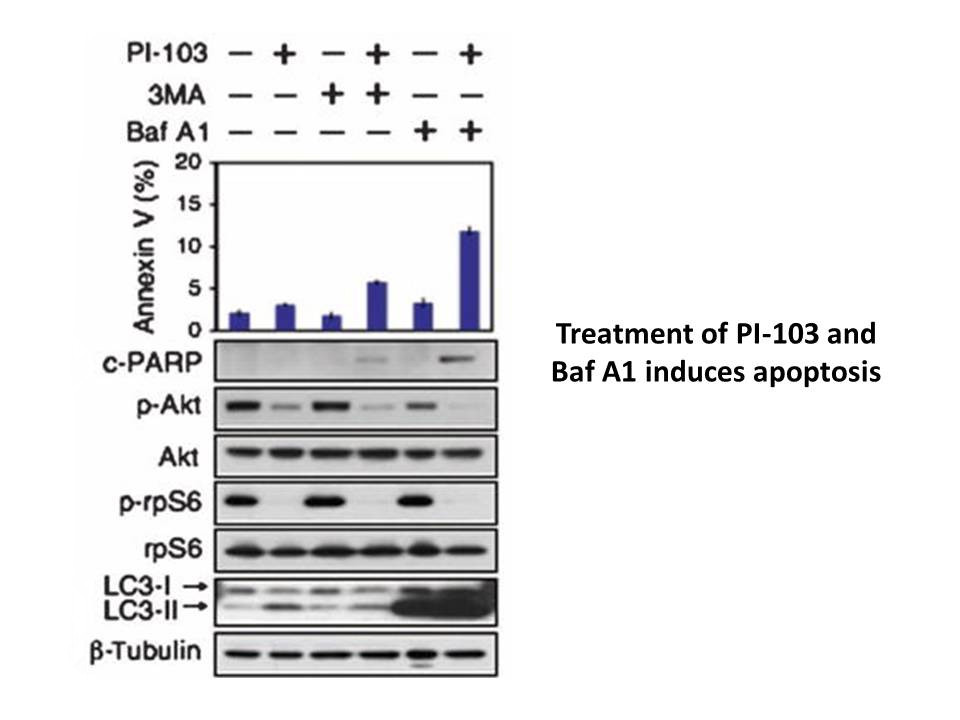
Taking all these results into account, we propose a model for the evolution of HIV DNA forms in blood during the natural history of HIV infection (Fig. 4a). During PHI, the labile linear and episomal HIV DNA forms are particularly abundant and mostly constitute evidence of active replication in rece
-
br H R agonists In search for
2022-06-10
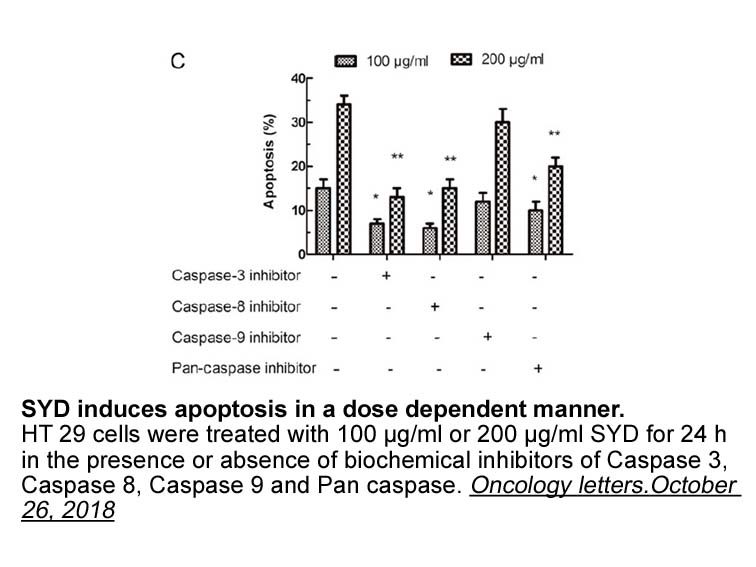
H2R agonists In search for potent and selective H2R agonists, comprehensive structure–activity relationship studies have been conducted and led to the first H2R agonists, e.g. 4(5)-methylhistamine (16) which is actually now used as selective H4R agonist (Fig. 4) (Durant et al., 1975, Lim et al.,
-
Several mechanisms have been suggested
2022-06-10
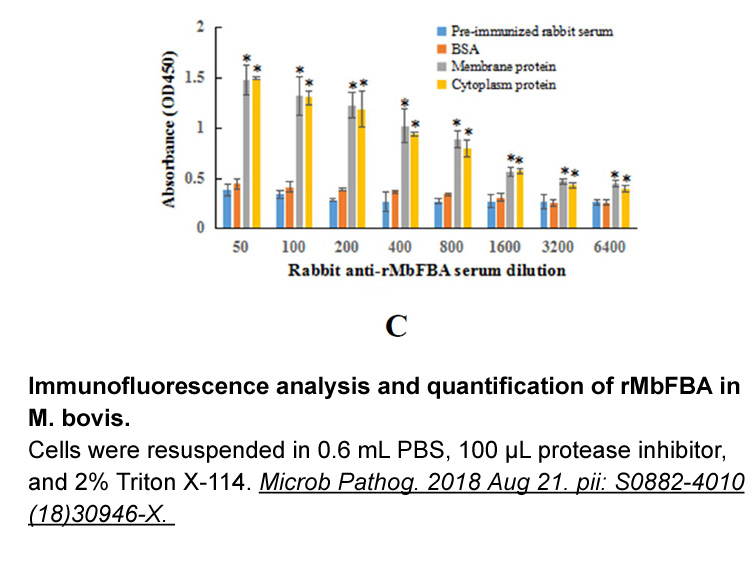
Several mechanisms have been suggested to underline the release of signalling molecules from astrocytes: reverse operation of glutamate transporters, volume-regulated anion channels, gap-junctional hemi channels, diffusional release through purinergic receptors and Ca2+-dependent exocytosis [2], [15
-
MAP Ks act at the
2022-06-10

MAP4Ks act at the level of MST1/2 to phosphorylate LATS1/2 and regulate the Hippo pathway (Box 1). Of particular interest is the involvement of MAP4K4, a key metabolic regulator [88] and common polymorphisms in the MAP4K4 locus are associated with T2D and insulin resistance [89] in adipogenesis. In
15899 records 410/1060 page Previous Next First page 上5页 406407408409410 下5页 Last page